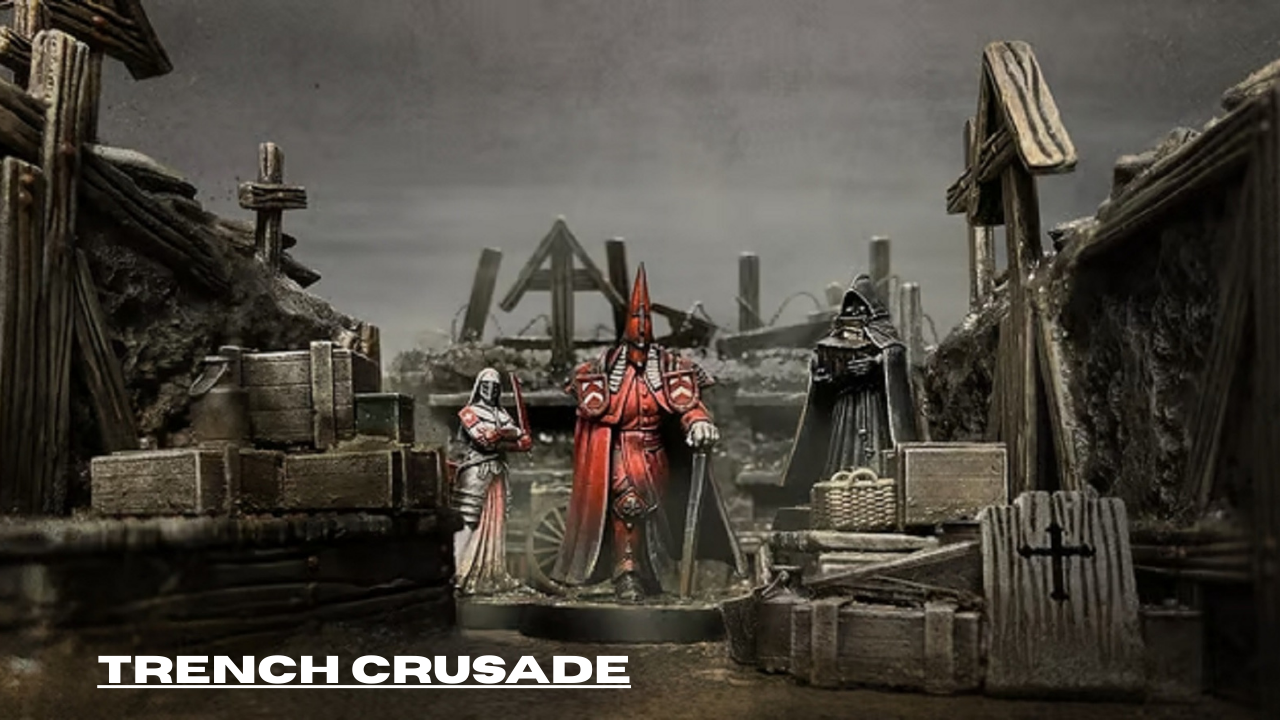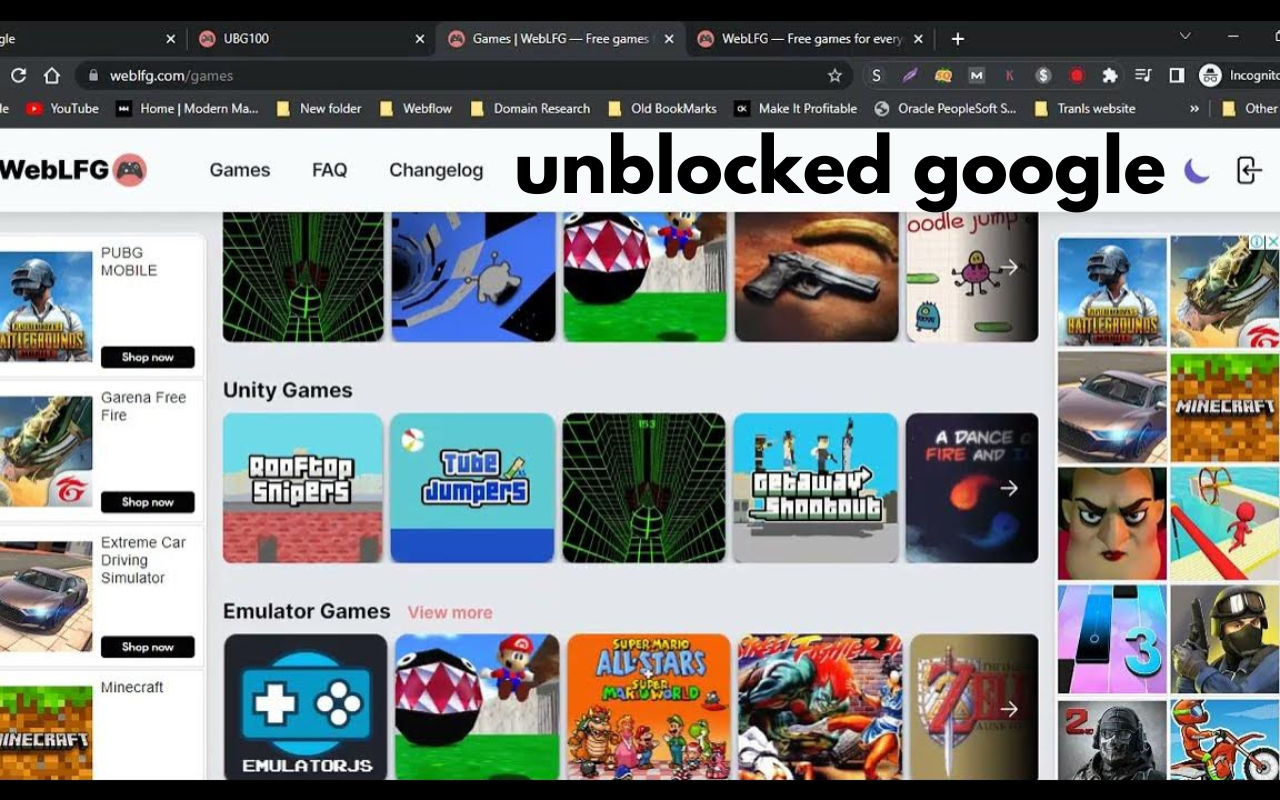Trench Crusade: Unmasking the Digital Surge of Tactical Warfare-Inspired Gaming
In the ever-evolving landscape of indie games, where innovation often triumphs over budget, Trench Crusade emerges as a powerful contender. This gritty, pixel-art-based title doesn’t just aim to entertain; it aims to immerse players in a surreal and brutal world shaped by war, religion, and supernatural horror. As mainstream gaming tends to lean toward photorealistic graphics and fast-paced action, Trench Crusade boldly carves a niche by embracing a retro aesthetic and focusing on strategic, roguelike gameplay. It’s a throwback with a mission.
Set in a fictional world that draws heavy inspiration from the dark trenches of World War I, Trench Crusade juxtaposes military realism with eerie mythological undertones. Players are cast as a “Crusader,” a lone warrior tasked with purging an endless horde of monstrosities that plague the battlefield. The game’s charm lies in its brutal challenge, haunting atmosphere, and a storyline that keeps players speculating long after the game ends.
This article aims to explore the multifaceted dimensions of Trench Crusade — from its conceptual origins and gameplay mechanics to its impact on the gaming community. Whether you’re a seasoned roguelike veteran or a curious newcomer, there’s a lot to discover in the muddy, blood-soaked trenches of this indie gem.
Origins and Concept of Trench Crusade
Development History
Trench Crusade is the brainchild of a passionate indie team with a clear vision: to craft a game that fuses historical war themes with supernatural storytelling. While many indie developers take inspiration from existing genres, the creators of Trench Crusade sought to subvert expectations. The project began as a small prototype showcasing trench warfare from a side-scrolling perspective. However, it quickly evolved into something much more ambitious once the team integrated roguelike elements and deep lore.
The game’s development journey reflects the very essence of independent game design. Without the constraints of big publishers, the team was free to explore experimental ideas. They drew influences from sources as diverse as classic war films, Lovecraftian horror, and religious symbolism. Through crowdfunding campaigns and early access support, Trench Crusade gathered a dedicated community of testers and backers who contributed to its ongoing refinement.
Setting and Lore
The world of Trench Crusade is as compelling as it is terrifying. The game unfolds in a pseudo-historical landscape—a war-torn realm where the boundaries between reality and nightmare are blurred. Trenches stretch endlessly across the terrain, filled not just with mud and blood but with cursed relics, possessed soldiers, and grotesque demons. The game does not rely on dialogue-heavy cutscenes to convey its lore. Instead, storytelling emerges through environmental clues, cryptic symbols, and fragmented journal entries found throughout the game.
At the heart of the narrative is the “Crusader,” a mysterious warrior who may be divine, damned, or both. This figure is on a sacred mission to eradicate evil, but the lines between righteousness and madness often blur. The lore borrows heavily from religious texts, apocalyptic prophecy, and esoteric mysticism, creating a rich tapestry that players unravel piece by piece. The game’s setting speaks volumes without uttering a word, and its lore invites endless speculation, ensuring long-term engagement.
Gameplay Mechanics and Features
Core Gameplay Loop
The core gameplay of Trench Crusade revolves around tense, tactical combat set in procedurally generated trench maps. As a roguelike, the game emphasizes permadeath, meaning players must restart upon death but carry over certain progression elements, such as unlocked weapons or relics. This creates a satisfying loop of experimentation, risk, and reward. Every run feels different, thanks to dynamic enemy placement and randomized environmental hazards.
Combat is methodical rather than frantic. Players must think several moves ahead, conserve resources like ammo and healing supplies, and use the environment to their advantage. The trenches themselves serve as both refuge and trap, offering cover from enemy fire while also limiting movement and visibility. The game encourages players to adapt on the fly, with smart enemy AI and ambushes adding to the intensity. Strategic planning and resource management are vital for survival.
Character Classes and Builds

Trench Crusade features multiple Crusader archetypes, each offering unique strengths, weaknesses, and gameplay styles. Some excel in ranged combat with rifles and grenades, while others specialize in close-quarter melee using bayonets and holy relics. Players can also find and equip a variety of modifiers, such as armor upgrades, weapon enchantments, and cursed artifacts that come with both benefits and risks.
Customization extends into skill trees and passive buffs, allowing players to create highly specialized builds. Want a tanky Crusader that absorbs damage and lures enemies into traps? That’s viable. Prefer a stealthy exorcist who relies on agility and holy incantations? Also an option. This diversity in playstyles ensures replayability, as no two runs are ever exactly the same. Choosing a build becomes a strategic decision influenced by the challenges presented in each trench.
Enemy Design and Bosses
Enemies in Trench Crusade range from deranged foot soldiers and corrupted war machines to grotesque demons that crawl from the underworld. Their design draws inspiration from both historical and supernatural sources, resulting in creatures that feel both eerily familiar and disturbingly alien. Each type of enemy has distinct attack patterns and weaknesses, making knowledge as valuable as firepower.
Boss battles are particularly intense, requiring careful observation and quick reflexes. These encounters often serve as lore milestones, revealing key plot points through their appearance and behavior. Players must prepare thoroughly before facing bosses, as they often introduce new gameplay mechanics or force changes in strategy. The unpredictability of these encounters keeps players on edge and contributes to the game’s high difficulty curve.
Visual Style and Sound Design
Art Direction
The pixel art of Trench Crusade is not just a stylistic choice; it’s a narrative tool. The muted, desaturated color palette evokes the bleakness of trench warfare, while splashes of vivid color highlight moments of supernatural horror. Character sprites are detailed and expressive, capable of conveying emotion even within pixel limitations.
The game’s environments are dense with visual storytelling. From abandoned bunkers lined with arcane sigils to blood-soaked no-man’s-lands patrolled by monsters, every frame feels deliberate and atmospheric. This retro aesthetic doesn’t detract from immersion—it enhances it, allowing players to focus on mood and meaning rather than photorealism. The pixel art serves as a grim window into a world gone mad.
Music and Audio Atmosphere
Sound design in Trench Crusade is equally masterful. The soundtrack, composed of ambient drones, militaristic drum beats, and haunting hymns, creates an oppressive and immersive atmosphere. Rather than guiding emotion overtly, the music lingers in the background, making moments of silence all the more unsettling.
Sound effects play a crucial role in gameplay feedback. The distant thud of artillery, the crackle of nearby gunfire, and the guttural moans of enemies build a layered soundscape that keeps players alert. Occasionally, the game uses sound to mislead or foreshadow danger, adding a psychological layer to the experience. The audio isn’t just an accessory—it’s a core part of the game’s identity.
Community, Modding, and Reception
Community Involvement
The Trench Crusade community has been instrumental in shaping the game’s direction. From participating in early access discussions to providing feedback on balance and bug fixes, players have had a direct hand in its evolution. The game’s developers maintain active communication through social platforms and Discord servers, frequently engaging in Q&A sessions and polls.
Fan contributions don’t stop at feedback. A growing number of artists, writers, and streamers create content inspired by the game, helping it reach wider audiences. The lore-rich nature of Trench Crusade invites fan theories, speculative timelines, and even short stories based on in-game events. This grassroots enthusiasm gives the game a staying power that extends beyond launch.
Modding Scene and User Content
Though relatively new, Trench Crusade already supports modding, with players creating custom levels, new enemy types, and alternate skins. The development team encourages this by offering modding tools and documentation, fostering a DIY ethos among fans. Popular mods include difficulty overhauls, lore expansions, and visual tweaks that tailor the experience.
This openness to user-generated content helps keep the game fresh and replayable. As new mods continue to surface, the boundaries of the original game are pushed even further, ensuring Trench Crusade evolves over time without official updates. The modding scene reflects the creative spirit that birthed the game itself.
Critical and Player Reception
Since its release, Trench Crusade has garnered praise from critics and players alike for its originality, atmosphere, and depth. Indie game reviewers laud its bold storytelling and challenging gameplay, while fans appreciate its replay value and visual identity. It holds strong user ratings on major platforms, with particular commendation for its art style and world-building.
Streamers and YouTubers have also embraced the game, amplifying its reach. Let’s Plays and challenge runs have introduced the game to broader audiences, often highlighting its brutal difficulty and dark humor. The combination of community support and critical acclaim positions Trench Crusade as a modern indie classic in the making.
Conclusion
Trench Crusade is a testament to what indie games can achieve when they break away from conventional formulas. With its compelling blend of historical horror, tactical gameplay, and immersive storytelling, it offers an experience that is as intellectually engaging as it is emotionally harrowing. The game doesn’t just challenge your reflexes—it challenges your interpretation of war, faith, and fate.
As the game continues to evolve through updates and community mods, it seems poised to cement its place among the greats of the indie roguelike genre. Whether you’re drawn by its visual style, gameplay depth, or cryptic lore, one thing is certain: once you enter the trenches, you’ll never emerge the same.
Frequently Asked Questions (FAQs)
Is Trench Crusade available on all platforms?
Currently, Trench Crusade is available on PC, with plans for console ports underway depending on community demand.
What difficulty level can players expect from Trench Crusade?
The game is notoriously difficult, emphasizing strategic thinking and careful resource management. It’s not for the faint-hearted.
Are there multiplayer or co-op options in the game?
As of now, Trench Crusade is a single-player experience. Multiplayer may be considered in future updates.
Can players save progress, or is it purely permadeath?
The game follows a roguelike model with permadeath, though meta-progression elements carry over between runs.
Does the game contain historically accurate content or purely fictional elements?
The game blends historical inspiration with dark fantasy, so while it references real events, the world is entirely fictional.
You May Also Read:https://otswroldtime.com/myminifactory/













Post Comment